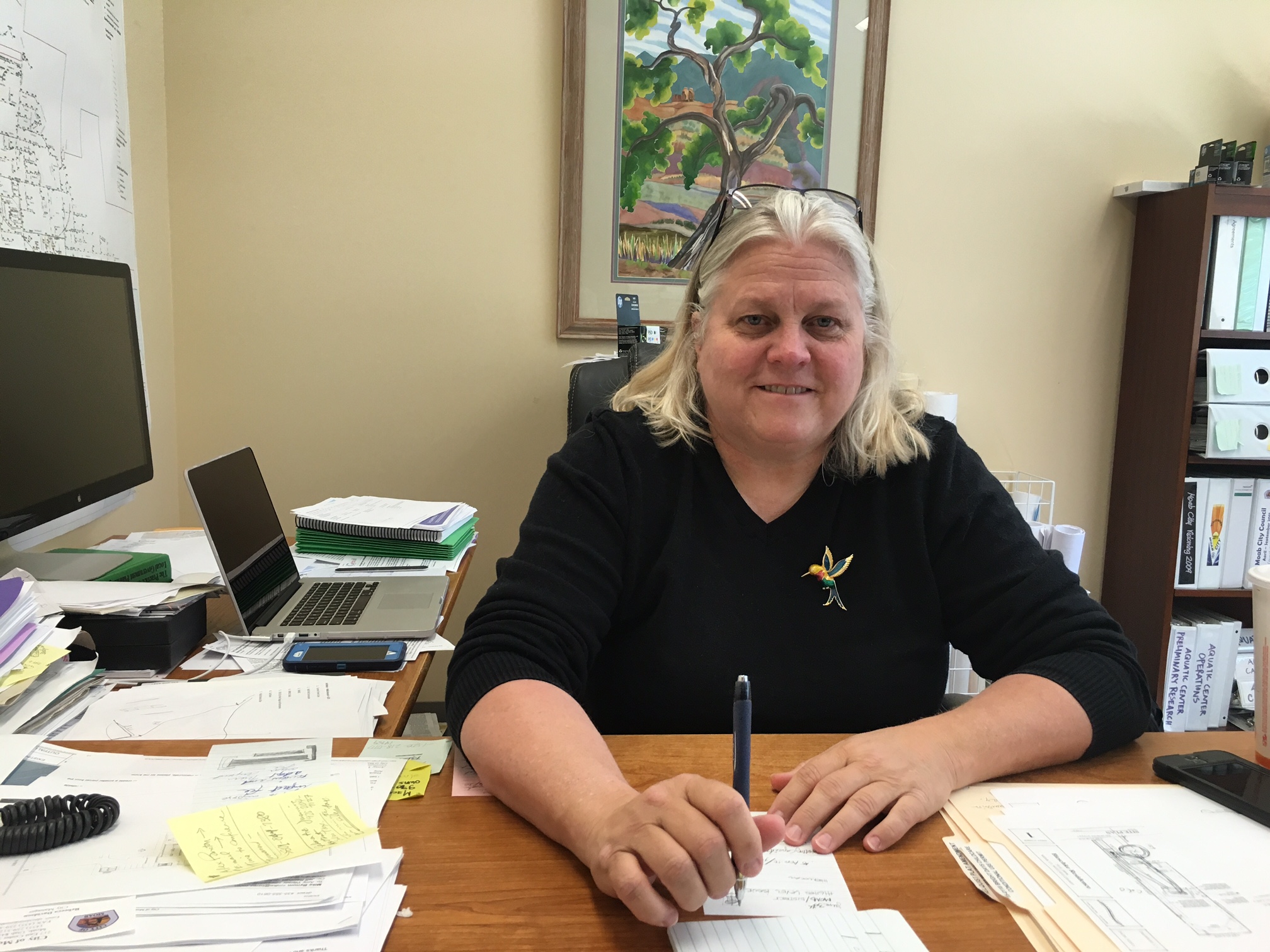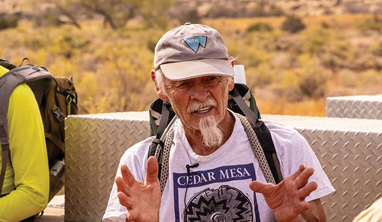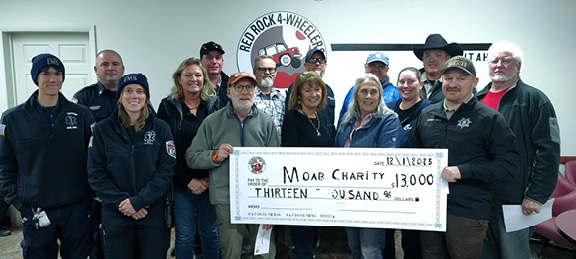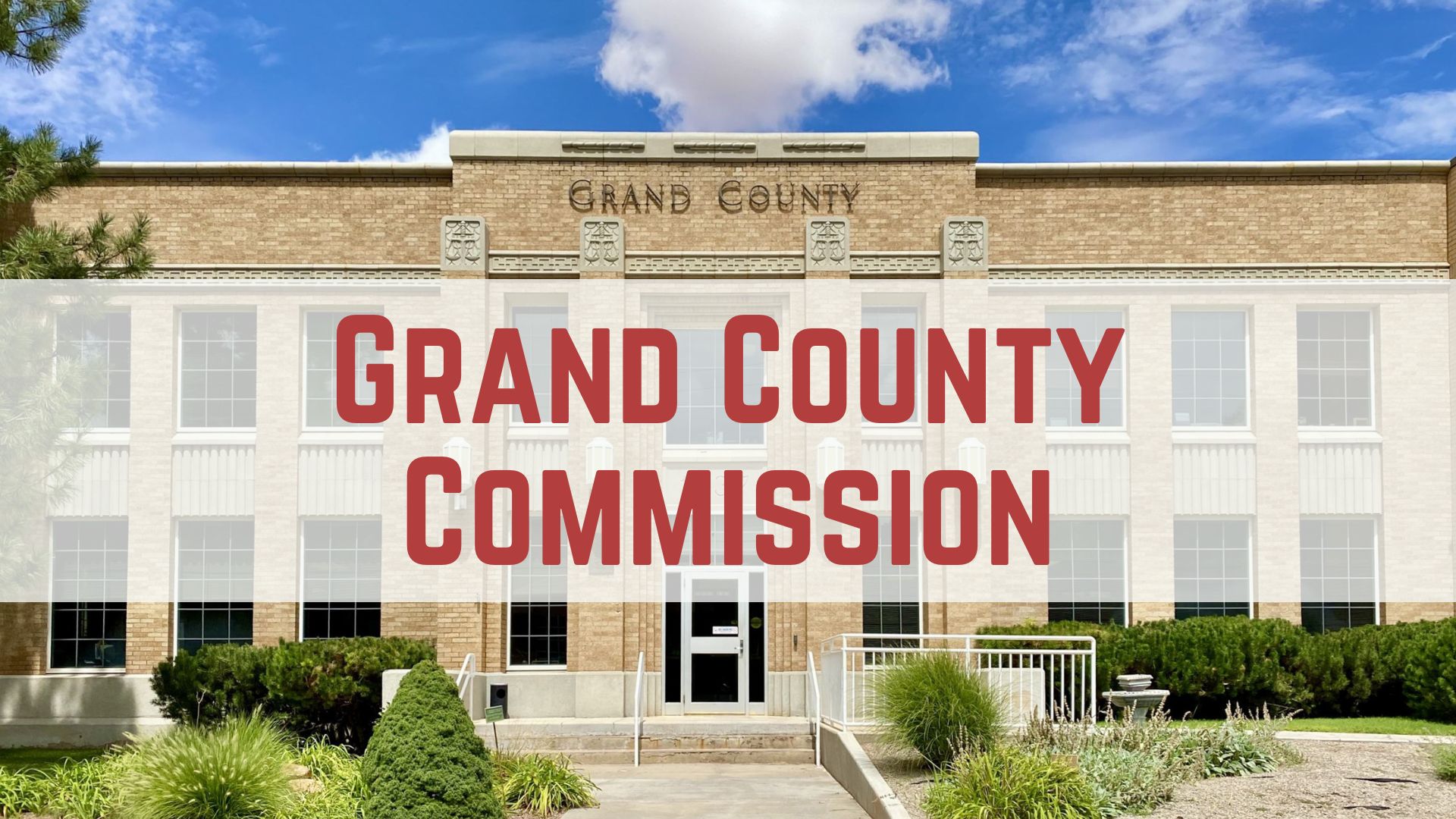Some information may be outdated.
A major sewer system upgrade is in the works for users in the City of Moab and Grand County including the construction of a new waste water treatment plant and a systematic replacement of aging collection lines.
To help pay for the improvements, a sewer rate increase of 20 percent was approved unanimously by the Moab City Council at their regular meeting on June 28. Moab City Manager Rebecca Davidson told the council that a household currently paying $16 a month would see an increase of about $3.
Davidson told the Moab Sun News that there would also be adjustments to impact fees, and a rate per gallon increase for haulers of septage including the Bureau of Land Management (BLM) and the National Park Service (NPS) to help pay for the improvements.
“Everyone is going to pay their fair share,” Davidson said. “This is not going to fall on the backs of residents.”
Davidson said that rate increases and impact fees are based on equivalency rates with the standard unit being a single family household. She said that a hotel room has a .8 equivalency rate of a single family home, which means that a 100 room hotel pays the equivalent rate of 80 single family homes.
Additionally, Davidson said the City of Moab is finalizing an agreement with Grand Water and Sewer Service Agency (GWSSA) that will allow the city to collect impact fees from new connections in Grand County.
General Manager of GWSSA Mark Sovine said that the new agreement was the first of its kind with the city and that they were “basically starting from scratch.”
Sovine said that a major difference under the new agreement would be that the sewer agency would own the current capacity that it is using, and that future capacity would be purchased through impact fees.
Sovine said that Grand County residents wouldn’t see a rate increase this year, but that rates were a “moving target.”
“My guess is they aren’t going to go down,” he said.
Davidson said that talk of doing a major upgrade to the city’s 60-65 year old plant has been going on for the last five or six years, but that in the last two or three years the discussion turned to building a new facility.
“When we looked at it we realized it was almost going to cost as much to do an upgrade as it was to build a new plant,” she said.
The new plant will come with an estimated price tag of $11 million, and is estimated to be completed by 2018 Davidson said.
The plant will be constructed on five acres of land adjacent to the old one, but on the south side of 400 N, and west of Stewart Lane. The city aquired the property from local landowner David Bonderman, under an agreement stipulating that the old facility will be torn down and the property be left as open space.
“That was really helpful to get a piece of property in the same area,” Davidson said. “It’s hard to find land in Moab.”
Davidson said the State of Utah has encouraged the city to take on the role of providing a regional sewer plant since they already provide treatment of waste water for residents of Grand County through the Grand Water and Sewer Service Agency (GWSSA), and treatment of septage from NPS and BLM recreation sites.
The new plant will also have the capacity to accommodate future development in San Juan County at the south end of Spanish Valley she said.
City engineer Phillip Bowman said that the new plant would be able to process a waste flow of 1.75 million gallons a day, an increase of 250,000 gallons over the existing plant. He said the new plant will also be able accommodate a more concentrated waste stream which will increase its overall treatment capabilities.
Bowman said the new plant will be built with a 20-30 year lifespan, with plans for an addition that will add another 20 years.
Collection lines to be replaced
Other improvements to the sewer system include a systematic replacement of aging collection lines, many of which are 50-60 years old.
The first project will be the replacement of a section of trunk line on 400 N in front of the aquatic center, between Emma Blvd. and the west edge of Hellen M. Knight Elementary School.
Bowman said excavation is scheduled to begin around July 18, and that the goal is to complete the project before school starts. He said traffic control would be in place to allow for both east and westbound traffic.
“We don’t intend to have any full closures during the project beyond having to close a section for possibly a day or a half day,” he said.
The next segment to be replaced will be a short section along U.S. Highway 191 and up Cermak Drive. Bowman estimated that project would be completed by Labor Day, after which crews will return to the north end of Mi Vida Dr.
Bowman estimated that replacement work would wrap up by mid-September.
Bowman said rate increases were going to make it possible to upgrade the aging system, and that they they were already looking toward 2017.
He said that the city was being pro-active in addressing problems, and that they were using a video camera to identify areas of critical concern.
“We’re actively trying to gain an understanding of the condition of our system,” Bowman said. “It’s not the most interesting T.V. to watch, but it’s very informative.”
Residents see rate increase of 20 percent
“Everyone is going to pay their fair share. This is not going to fall on the backs of residents.”
Appreciate the coverage? Help keep local news alive.
Chip in to support the Moab Sun News.





